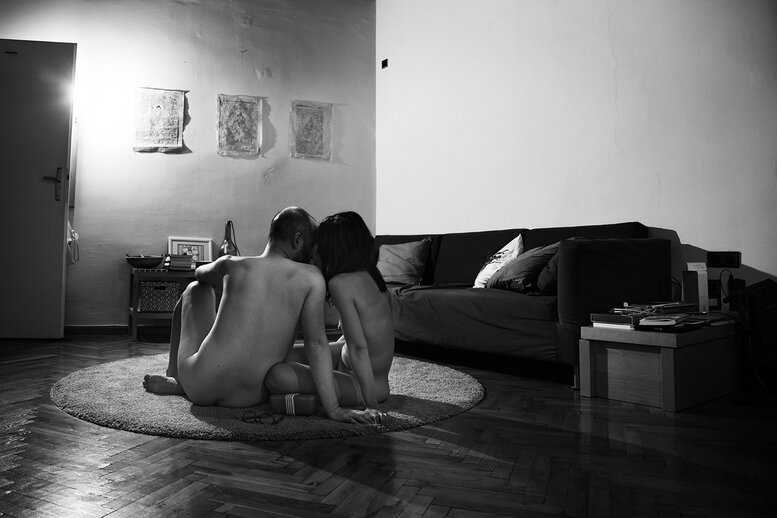Li Aixiao (b.1987) is an independent photographer and writer who lives and works in Chengdu, China.
Her father, who adores photography, is her first teacher on her path to photography. Under the influence of her father, she has been keenly interested and enthusiastic in photography. In 2012, on the third year after her graduation from a university, Li Aixiao, who wandered between being a reporter or a photographer, chose to become a professional photographer.
With her educational background in journalism and applied psychology, she has applied interviews and psychology to her continuous creation, explored the relationship between people and objects, and expounded the relationship between people and people and the relationship between people and their own hearts.
Her works were selected into the 2018 “Art Nova 100” and the 2018 “SAYA Embrace Project.” She has also won the attention and reports of mainstream media such as Portrait magazine, Yitiao video, and others.
Artist statement:
What is Your Most Important Personal Belonging?
I've been asking this question for six years. So far, people that have been photographed have offered 100 different answers. My email and WeChat have also received various answers. In previous sharing sessions, many people wrote down different answers on paper.
I asked everyone participating in the project to take a photo of their most important personal belongings using phone or camera. All of them had a sincere conversion with me. I know the importance of these personal belongings to them, even small, unimpressive ones. These personal belongings are lifeless but people have deep feelings toward them, breathing life and presence into them.
Have their most important personal belongings reminded you of your own?
Personal Belongings in Vienna (Residency in Vienna)
I spent a month in Vienna. I like this city, so I want to create a better understanding of the city and the people of this city. The creation is divided into three parts:
PART 1: Photography "Personal Belongings"
Based on the educational background of Journalism and Applied Psychology, I applied interview and psychology to the creation of the project Personal Belongings, doing it in china for five years:Be naked and let your precaution down. A story about a part of life. An important personal belonging. But their faces were not recorded. I think faces distract the viewer from the important elements of the photograph, the current scene and the stories in it.
It was different from shooting in China, where I took pictures in a monochrome background, but in Vienna I let people choose a place which could connect with the object. For me, the new environment inspired me, and the change gave me a different shooting experience.
PART 2: Single Channel Video "A Day"
It's a one-shot, fast-forward video recording of four Viennese in a typical day. I stayed with each of them from morning to evening, and I followed them to do the same things, eat, work, go to school, socialize and so on. I spent the day to get close to them and get involved in their lives from the view of a stranger.
All four of them told me from the start, "my day is boring," and I took a fast-forward approach that broke the ice, described their ordinary but unusual day in the humorous way: accidentally picking up 13 cameras on the street, taking part in gay parades happily, signing and stamping a coveted work visa, and taking part in the last seminar of university.
PART 3: Polaroid Photo "Exchanging"
This set of photographs records the story of a straw hat I brought from Chengdu, which turned into a wooden lizard after 13 strangers. I exchanged objects with Viennese, passed objects on to the next stranger, and then I took a picture for them who hold the last person's belonging, in this way to make a relationship between strangers.
The creation of the above three parts enabled me to quickly integrate into the local people's life through objects as a link, to experience as much as possible the local people's life, and to be accepted quickly. In fact, they all discuss relationships: people and things, things and things, people and people.











